by Alison | Crochet as Therapy, Crochet Stories
Making Space for Crochet
Special Places
I have a cherished spot in my home that’s dedicated to my crocheting.
It’s where I spend a lot of my creative time.
At any given moment, you’ll find me working on at least two crochet projects.
One of them is usually a substantial undertaking, like a cozy blanket or an elegant shawl.
The other is a smaller piece, often composed of charming granny squares.
Large and Small Projects
The larger project tends to stay put at home.
It becomes a part of the decor, blending into the cozy atmosphere.
On the other hand, the smaller crochet project is portable, which is a blessing.
I can take it with me wherever I go, and it’s become my trusty companion during moments of waiting.
Waiting Rooms
Whether it’s in a doctor’s waiting room, a dentist’s office, or sitting in the car while waiting for the kids to finish school, my crochet work is a constant presence.
I’ve even brought my small crochet piece to coffee mornings and craft group meetings.
It’s amazing how a few stitches can make those moments more serene and enjoyable.
Stash in Drawers
There was one house we lived in where I had a special drawer in the kitchen exclusively for my yarn and squares. It was a convenient setup.
While waiting for the spaghetti to boil or dinner to cook, I’d pull out my crochet project and make some progress.
It’s incredible how those few moments of crafting can transform mundane kitchen time into a delightful creative escape.
Kitchen Crochet
I must admit that my passion for crochet doesn’t stop even during everyday chores.
You might find me with a ball of yarn peeking out from my apron pocket while I prepare dinner.
It’s almost as if my crochet is a constant companion, adding a touch of artistry to the everyday tasks.
Even when I’m on the phone, I’ve been known to keep my hands busy with my beloved crochet work. It’s not just a hobby; it’s a way of life.
Multitasking
It’s moments like these, when I’m multitasking and weaving my art into the fabric of my daily routine, that I realize the true beauty of crochet.
It’s not just about creating beautiful pieces; it’s about infusing creativity into every corner of my life.
Crocheting is my meditative art, my sanctuary of colors, and my constant companion. I
t brings a sense of calm and joy that’s hard to describe.
Reflection
So, as I reflect on my crocheting journey, I can’t help but smile.
It’s not just about the finished projects; it’s about the process, the moments of waiting, and the everyday life where my love for colors and art shines through.
Crochet is a part of me, and my special place at home is a testament to the love and dedication I have for this wonderful craft.
Author Bio
Alison Heathcote, a passionate crochet enthusiast and dedicated business blogger, combines her love for crafting and entrepreneurship to inspire and connect with others.
With a knack for transforming yarn into beautiful creations and a flair for sharing valuable insights about running a successful crochet business, Alison embodies the perfect blend of creativity and practicality.
More Articles
If you enjoyed this post and crochet is your thing, you may like some other crochet articles from our blog.
by Alison | Crochet Basics, Crochet Business
Soft Furnishings Colors
Soft Furnishings
Soft furnishings are cushions, afghans, throws, rugs, exposed tapestries and things like that.
At a stretch you can add table cloths, place mats and napkins in fact all table wear (napery).
Furthermore you can consider beautiful bed sheets, embroidered pillowcases and lacy trimmed lampshades as soft furnishings and in the bathroom, all the mats and towels with trims can be seen as soft furnishings.
Crochet is very good for all soft furnishing items for your home. either as the main component or as a trim.
More Articles
If you enjoyed this post and crochet is your thing, you may like some other crochet articles from our blog.
by Alison | Crochet Basics, Crochet Business
Color in Crochet
Using colour in crochet work is part of the fun
Finding new combinations of colour can change the feel of an item or garment.
It takes a bit of practice to be able to combine colours effectively. You want them to have a designer feel and not a homemade feel.
It is best to strive for hand-crafted and not homemade.
Choosing colour for your crocheted items
If you are making items like hats or scarves to sell then consider your colour choices well.
Most people will be attracted to the brights as a matter of course, but they won’t buy a yellow hat for themselves and moms don’t dress their babies in black either.
Know who is your customer and choose your shades accordingly.
Smart colour choices start at home before you get to the wool shop . You need to be prepared.
Take a colour chip or photo of the colour you want with you and have it before you get to the store where you can quickly become overwhelmed by the week’s “special promotions” from the retailers.
If you want to sell more hand crafted items then colour selection is the first step because it adds a built-in positive feature towards reaching your sales goals.
Colours for your age
If you wear colours that don’t suit your age you either look childish or old fashioned. Take care to select colours carefully.
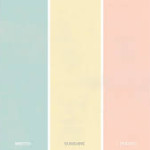 Colours for babies
Colours for babies
Babies look good in white and pastels. Lemon, lilac, mint green, baby pink and baby blue are all pastels.
These are good colours for infants up to the age of twelve months.
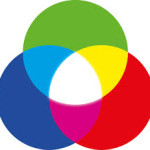 Colours for kids
Colours for kids
Kids aged from one to twelve years look good in primary colours like red, yellow and blue.
Shocking pink, magenta and purple for girls and denim blue and green for boys.
Colours for teens
Teens can start to tone down the childlike brights and go for dusky shades like grey blue, maroon and olive.
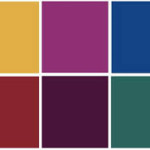 Colours for adults
Colours for adults
Adults look good in darker shades like black navy and maroon and olive.
Jewel colors always look good on adults.
Grown-ups should stay away from pastels.
Colours for seniors
Seniors are the older group which favours pastels again like lilac, lemon and pale baby blues.
 Soft tones compliment a fading complexion and whiter hair.
Soft tones compliment a fading complexion and whiter hair.
Pastels are non-confrontational colours.
Hues
Do not mix colours from different hues. A hue is the same shade of mixture with black as the other.
The Colour Wheel
Primary colours
The three primary colours are: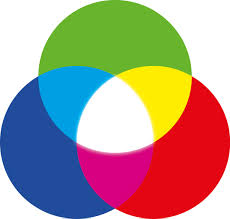
Secondary colours
Secondary colours are the three colors that result when you mix two of the three primary colours and they are:
- Green (from mixing yellow and blue)
- Orange (from mixing red and yellow)
- Purple (from mixing blue and red)
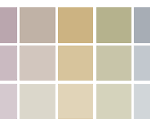 Neutrals
Neutrals
Neutrals is a broad palette comprising all the softer colours with white or black added.
They are sometimes referred to as non colours.
Typically neutrals are shades of:
- Cream
- Beige
- Grey
- Off white
Neutrals look good on teens, adults and seniors. They are not good for babies and kids.
Fun colours
When you go into the wool shop it is tempting to choose bright colours as they are related to having fun and you subconsciously think your crochet will be more fun in bright colours.
Save the bright yarns for granny squares and blankets.
Its like the ubiquitous Christmas jersey., full of charms hanging off it and twinkle and bells. Save the dangle for the tree and not on your body.
This is why many home made items look home made.
If you are making bags don’t make them in orange and purple. But in black, beige, taupe and dark grey as these are the colours people want.
Primary
Red, yellow and blue.
Secondary
Orange, green and purple.
Tertiary
Turquoise, salmon, guava, sandalwood, lime and fuchsia.
Author Bio
Alison Heathcote, a passionate crochet enthusiast and dedicated business blogger, combines her love for crafting and entrepreneurship to inspire and connect with others.
With a knack for transforming yarn into beautiful creations and a flair for sharing valuable insights about running a successful crochet business, Alison embodies the perfect blend of creativity and practicality.
More Articles
If you enjoyed this post and crochet is your thing, you may like some other crochet articles from our blog.
by Alison | Crochet and Creativity
Colours Have Meaning
You can use colour to boost your mood.
Wear the colour you like or choose a colour whose meaning is how you want your day to go.
 Pastel, primary, jewel or darks?
Pastel, primary, jewel or darks?
Pastels (lemon, lavender, mint green, baby pink and baby blue) are calming, soothing and non-confrontational. Pastels look good on babies and the elderly.
Primaries (red, yellow and blue) all stimulate the brain but in different ways.
Jewel colours (purple, teal, amber and ruby) are grown up and indicate confidence, up beat and positive vibes.
Dark colours suggest control and power. They can imply seriousness and subdued danger.
Red
Red is the colour of challenge, courage and sex. It says “Look at me” and that danger is near.
Red is stimulating and that is why it is the colour favoured in restaurants and good for your dining room because it stimulates conversation.
Orange
Orange is rude. It is a colour that suggests caution and be careful. If you wear orange you are sending the message that you are unpredictable and others should watch out. But that you are fun loving and unique.
Yellow
Yellow is the colour of sunshine and creativity it is a difficult colour to wear near your face as it reflects a yellow glow that is not always flattering.
Yellow’s message is one of inspiration and lateral thinking. Wearing yellow aids creative solutions to problems. It is a good color to wear when you want some fresh ideas to pop into your head.
Green
Green is the colour for peace and tranquility. It should be worn to calm and rejuvenate your psyche.
Mint green is calming but chartreuse suggests some spiky ideas running through your head.
Blue
Blue in its purest sense is what used to be called French blue and it is like a sapphire blue.
This is a strong color and the wearer is confident and fair. The darker the blue the stronger the person.
Pale blue is for young children or men’s formal shirts which are covered by grey or charcoal suits.
Indigo
Indigo is a colour for getting things done it works well for men and women. It is confident and casual at the same time. Think dark denim jeans which are both smart and casual.
Violet
Violet is the colour of originality. If you wear violet you are stating that you are your own man or woman and will do your own thing in life. Violet in home furnishing can be wild flowers and heathery creamy violets work well.
White
White looks good on just about anyone. A sharp white blouse is a wardrobe staple. White next to your face in blouses or shirts is flattering to all complexions.
Black
Black is a serious city color. Most people can wear black and be taken seriously. Black pants are a woman’s wardrobe staple.
Brown
Brown is a color to wear when you are feeling down and want to hide from life. It is a colour for doing nothing in. It indicates you may be forlorn or pining for days gone by. It can be a sign of depression and if you wear brown it will make you feel browned off and life weary.
Grey
Grey is a colour that wants to blend into the background. It is a non confrontational colour and suggests the wearer is passive and will conform to the will of others. It is a colour that wants peace and quiet.
You may also like:
- Colour magic
- Selecting colour for soft home furnishings
Author Bio
Alison Heathcote, a passionate crochet enthusiast and dedicated business blogger, combines her love for crafting and entrepreneurship to inspire and connect with others.
With a knack for transforming yarn into beautiful creations and a flair for sharing valuable insights about running a successful crochet business, Alison embodies the perfect blend of creativity and practicality.
More Articles
If you enjoyed this post and crochet is your thing, you may like some other crochet articles from our blog.
by Alison | Crochet Business, Crochet Stories
Many years ago my husband and I owned a baby shop called “Bundle of Joy”.
We sold prams, buggies, bottles, cots, baby clothes, blankets and a million other goodies that a baby needs.
As I was a crocheter I started to create baby blankets to sell in the store.
They did well.
I made crochet baby blankies in white, pink and blue. But never pink and blue together in one blanket.
I made granny squared ones and row on row ones. it was a perfect time of running a business and crocheting at the same time.
I then tried baby yellow and baby green blankets. But they never sold. I could only sell pink or blue blankets.
Our shop attracted customers who were grannies, aunts and mothers of new babies. Over time we got to know the clientele and they would pop in to say “hello” when the went for their groceries at the supermarket in the mall.
During our time at the baby store we were lucky enough to welcome our own bundle of joy and our daughter was born.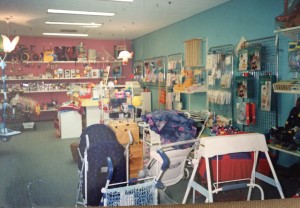
So we had a real live baby prop in the store and this too attracted customers.
They would come into our shop and ask, “Do you only have pink or blue blankets?”
To which I responded, “How about this lovely baby mint green or pale lemon?”
Everyone then said, “Oh, I’ll take the pink for my new daughter,” or, “I’ll take the blue because my baby is a boy.”
So even though we could offer a selection of colors, the customers only ever bought the two traditional colours of baby pink and baby blue blankets.
Moms want to clearly define the sex of their baby. If anyone sees a pink or blue blanket in a buggy or pram it is immediately clear that the child is a boy or girl.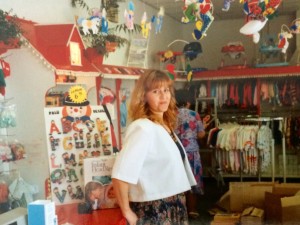
In the three years we had the shops we never sold a yellow or a green blanket but, by having them as a selection to offer our customers, the awkward colored yellow and green blankets helped us sell the pink and blue ones, by them being offered as a choice to our customers.
You can read more on the meaning of colours, selecting colours for your crochet work and soft furnishings.
by Alison | Crochet Business
by Alison Stapleton
Let’s Look at Types of Income
If you have a day job it means you have an active income like making kids clothes.

Your Money Tree
A passive income is one that brings in income whilst you sleep. It is something you set up and then it continues to generate income by itself.
A passive income will pay in even after you are dead.
Eventually you want your passive income to out strip your active income.
So you can be free from your day job.
Examples of Active Income
- Working for someone else and getting paid.
- Working two or three jobs and getting paid.
- Being paid by the hour for whatever you do.
- Crafting crochet hats, barefoot sandals or sweatpants and getting paid.
Example of Passive Income
My strongest stream of passive income comes from eBooks and writing.
Selling eBooks online or from your site. People can buy an ebook at anytime of the day or night even when you are asleep, thus passive income.
I started with eBooks in 2012.
It took me six months to write the first one for a course I was already teaching so I had the info on the page. I just had to get it into an ebook.
This takes time.
Smashwords
Smashwords is an ebook creator and will take mainly text booked and format them to sell on all the platforms.
The only thing is as its is an American company you get caught with withholding tax at a rate of 48%. This cuts into profits. But you get better exposure.
Enter the PDF ebook and eJunkie
Since 2014 I have been selling PDF eBooks as immediate downloads and these eBooks are full of charts and images.
Don’t kid yourself the income is slow but constant.
In the first year I sold 24 books and in the third year 187. Still small potatoes but at $2.99 each it still counts as income.
In 2015 and 2016 I wrote and published two more eBooks and things have slowly turned around.
Income from my eBooks is now at around $20 per month and that is one of my income streams.
A passive income stream.

by Alison | Crochet Business
by Alison Stapleton
Here are some ideas for your micro business
Many people share the dream to have their own little business which will make a bit of money and through the actual art or craft involved will satisfy their creative urges and needs.
A micro business that you run from your home, or on the go from your virtual office, will typically fall into one of five main categories:
- Craft – Crochet, knit, sew, bake, art
- Writing and editing
- New age skills
- Personal services
- Selling digital products
You may do more than one activity and some will appeal to you straight away.
You have to be realistic. Clearly if you are not a hairdresser you can’t cut hair as a micro business. But if you can crochet then you can make crochet your micro business.
Craft and Handiwork
If you can do any of the crafts in the list below then you can sell your items at flea markets and wholesale to shops.
- Knitter
- Crocheter
- Artist – painter
- Wood worker – bird houses
- Cookie baker
- Sandwich maker
- Dressmaker
- Artist – fibre
- Jewelry maker
- Candle maker
- Candlestick maker
Writing and Editing
If you can write compelling copy you could turn your hand (or your pen) to one or two activities and projects on this list.
- Write feature articles
- Write patterns – knit and crochet
- Write stories and memoir
- Write “how to” articles
- Write recipes
- Travel writer
- Horoscope writer
- Cooking writer
- Restaurant critic
- Stringer
- Novelist
- Author
- Poet
- Lyricist
- Local ad newsletter (selling ad space in the coffee news)
New age services in your home
If you have skills in the New Age professions as listed here you could easily start a micro business or practice in one of them.
- Astrologer
- Palmist
- Tarot reader
- Reiki master
- Clairvoyant
- Crystal ball reader
- Tea leaf reader
- Runes reader
- Numerologist
Personal services
This list is slightly more skilled and maybe you did go to hairdresser school years ago and if so you can dust off your scissors and start your micro business right now.
- Hairdresser
- Dressmaker
- Manicurist
- Makeup artist
- Bookkeeper
- Personal trainer
- Garden lady
Things to sell online – digital items
Selling digital downloads online does need you to have some skills in computers and a bit of writing but is can be done. Make sure you write about a topic that interests you and your passion for the subject will come through the words.
- Worksheets “how-to” ideas
- Ebooks
- Webinars
- Videos classes on YouTube
- Copy writing and editing services
- Resume writing
- Form filling in for non English speakers
- Blogger – Adwords
- Images – info graphics
Not all will appeal to everyone. If you can be quite clear on what you can do and what you can’t do then that makes the choice easier.
Know your limitations
Most people can fry an egg but that doesn’t mean you can be the cookie baker for a vegetarian deli down the street.
It can be seductive to fall into the trap of doing something that you are nearly good at (like baking). If you are not passionate about the thing then dismiss it as an option for you.
If your sister-in-law knows a dahlia from a dandelion and can weed gardens that doesn’t mean you can too.
Back to your notebook. Draw three columns titled, “Yes I can”, “No I can’t” and “Maybe I could.”
Take the list above and write five options in each column.
This will make your choices clearer.
by Lynn King | Crochet Business, Crochet Stories
by Lynn King
 Kate sewed. She loved sewing.
Kate sewed. She loved sewing.
She made sweat pants for the six month to two year age group.
She sewed up her samples and took orders from her friends and a small order from local kids clothing shop.
It was small potatoes but she kept going. She enjoyed working with her hands.
Kate was retired and had the time to give to her sewing. She only sat at her machine in the day and only when the light was good. She started sewing at 10am and worked until 3pm each day from Monday to Friday.
At first she sewed in the colour and with the cloth she liked. As time went on she took orders for ten blue and ten red sweat pants. these were the popular colours for the pants.
The sweet spot
By buying the cloth in bulk (and getting a little discount from the draper), and making ten blue and red size small, all in one sitting she reached her sweet spot where she could not be any more efficient.
At this stage she could make 19 pants a week. This was not that many really but more than she made as a hobby.
This was how her production was; cutting out on Monday, sewing the main seams on Tuesday, finishing off the garments on Wednesday, pressing the pants on Thursday and packaging and posting her finished items on Friday.
Week in and week out.
It was a case of no work and no pay.
Full production
Now whilst this is good in the short term (six months) there comes a time when you can’t keep up with the orders.
The kid’s shop that took ten a week had a branch in another city and wanted ten for that shop as well.
What to do?
If Kate got sick she couldn’t sew.
She was turning over $40 and making $160 each week at full tilt.
But 19 was all she could make. She could only make nineteen sweatpants a week. If she took a day off she made less money.
Time and money
The realization eventually came to her that she could never make more money – only make less.
That no matter how hard she tried there was a physical limit to how much she could do each week and it all depended on her doing it.
With no one else to help and no more time she could do no more and earn no more money.
And, the sweat pants kept her so busy she couldn’t do the creative wrk that had drawn her to sewing in the first place.
The challenge
It is a challenge faced by many crafters between earning some money, which is important, and being creative and enjoying what you do.
This is known as piece work when you are paid by the item. If there are no items to sell there is no pay for you.
But piecework is an entry into having an independent micro business and this is what attracts many people every year – freedom.
Piecework has its place and can be sustained indefinitely. It is what I recommend to crafters to get them going. Take the plunge and put you crafts out there.
You may also like:
by Alison | Crochet Basics
Chainless Cast On
Base Chain Foundation
Typically the pattern will call for a chain of say, 40 or 100 chains, and the first row is built on the base chain.
In the chain-less cast-on method there is no chain.
I have also heard of this being called the chain less starting (crochet stitch) method CShdc, CSdc etc. which I may incorporate soon if that is the general term.
The chain-less cast on technique is used without a base chain so it provides some give in the item as a base chain can pull if not loose enough. Any tightness is only noticeable when you have worked up more of the item.
The first row is actually the base row and indicated as Row 1: on all patterns.
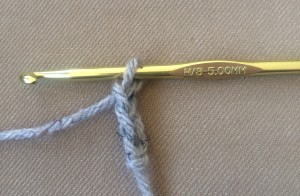
Row 1: 3 ch,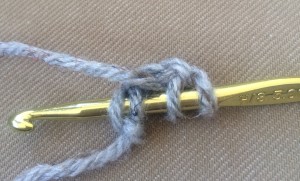
yarn over, insert hook in first ch (but both loops),
pull through (3 loops on hook),
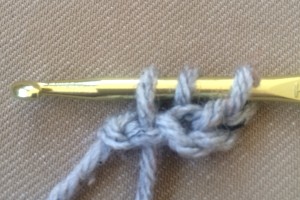
yarn over, insert hook into bottom stitch two “V” and pull through (3 loops on hook),
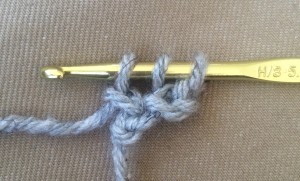
make 1 dc as normal inserting hook into both loops of previous loop pulled through.
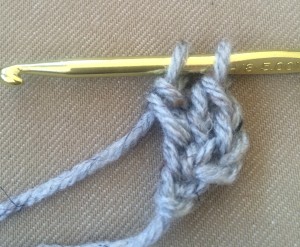
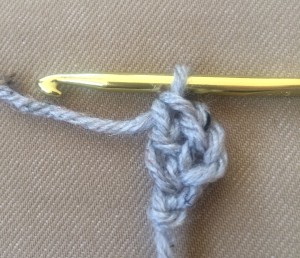
Each new double crochet is started in the one loop pulled through from the two on the base.
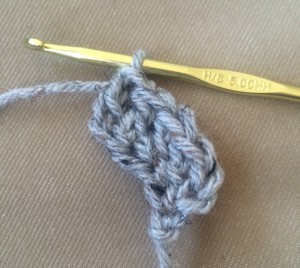
Continue for as many double crochets as required.
Where to Use the Chain-less Cast-on
This is great for waistbands on skirts and shorts. It also goes well for bag handles and straps for summer tops.
I don’t use it all the time but it does result in a really nice edge that has give and does not pull. In a way it is forgiving and I like that.
Author Bio
Alison Heathcote is a passionate crochet enthusiast and dedicated business blogger. She combines her love for crafting and entrepreneurship to inspire and connect with others.
With a knack for transforming yarn into beautiful creations and a flair for sharing valuable insights about running a successful crochet business, Alison embodies the perfect blend of creativity and practicality.
Read more about Alison’s crochet journey.
More Articles
If you enjoyed this post and crochet is your thing, you may like some other crochet articles from our blog.
by Alison | Crochet Basics, Crochet Patterns
Entrelac crochet
Entrelac crochet is a method of working on the side of previously crocheted pieces. The rows go in different directions and not just straight up. It creates an interesting piece and is strong. This method is usually done with color as the defining result.
Fair Isle crochet
Fair isle crochet is similar to Fair Isle knitting. Each row is worked with two colors and they change throughout the row to make designs in color. Each row has two different colors and the colors change every few rows.
For example:
Row 1: Red and blue
Row 2: Red and green
Row 3: Green and blue
But because each row only has two colors that sets the thickness of the finished item. The Fair Isles are in Scotland and women shepherdesses would tend their flocks of sheep with crochet hooks and balls of wool in their pockets. They would walk the highlands on foot working their crochet as they went.
Filet crochet
Filet crochet is a French type of crochet created in squares. The finished piece looks like a grid with open and closed spaces. The combination of open and closed results in flat pictures of roses or swans or whatever.
Filet designs were originally used to make lace curtains to cover cottage windows. These days filet crochet is used for table cloths, place mats and can be hung as art.
Filet crochet can be done in the round and resultss in beautifully intricate designs.
Tapestry crochet
Tapestry crochet is used to make thick baskets and rugs. It is a sturdy technique and the items are very firm.
You use several colored threads at once, working with one color and carrying the rest along the top of the row being worked. This makes each row very thick.
Color is changed on a stitch by stitch basis. Bowls are a good example of tapestry crochet.
Tunisian crochet
Tunisian crochet is also referred to as afghan crochet. For Tunisian crochet you use a special hook (called a Tunisian crochet hook), which typically has a crochet hook at one end and is as long as a knitting needle and has a knitting needle stop end at the other. So really it is like a knitting needle but with a hook and not a point.
Below are my two favourite Tunisian crochet hooks, (in my size 5mm as usual), and these have hooks at both ends opening up the possibilities for advanced Tunisan crochet work.
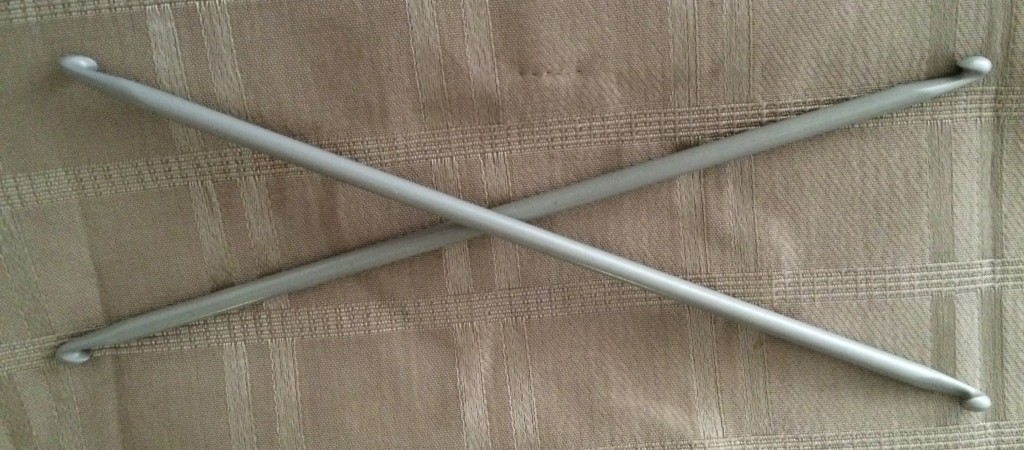 Tunisian crochet hooks come in all the same sizes as regular crochet hooks. With Tunisian crochet you carry many stitches at once on forward rows and hook them off on the backward rows.
Tunisian crochet hooks come in all the same sizes as regular crochet hooks. With Tunisian crochet you carry many stitches at once on forward rows and hook them off on the backward rows.
Tunisian crochet makes a very thick fabric and is normally used for blankets, cushions, bags and soft furnishings.
Tunisian crochet is like a combination of crochet and knitting all in one. It is an advanced technique. Tunisian crochet can be combined with entrecôte crochet.
[/et_pb_text][/et_pb_column][/et_pb_row]
More Articles
If you enjoyed this post your may like some other articles from our blog.
[/et_pb_section]
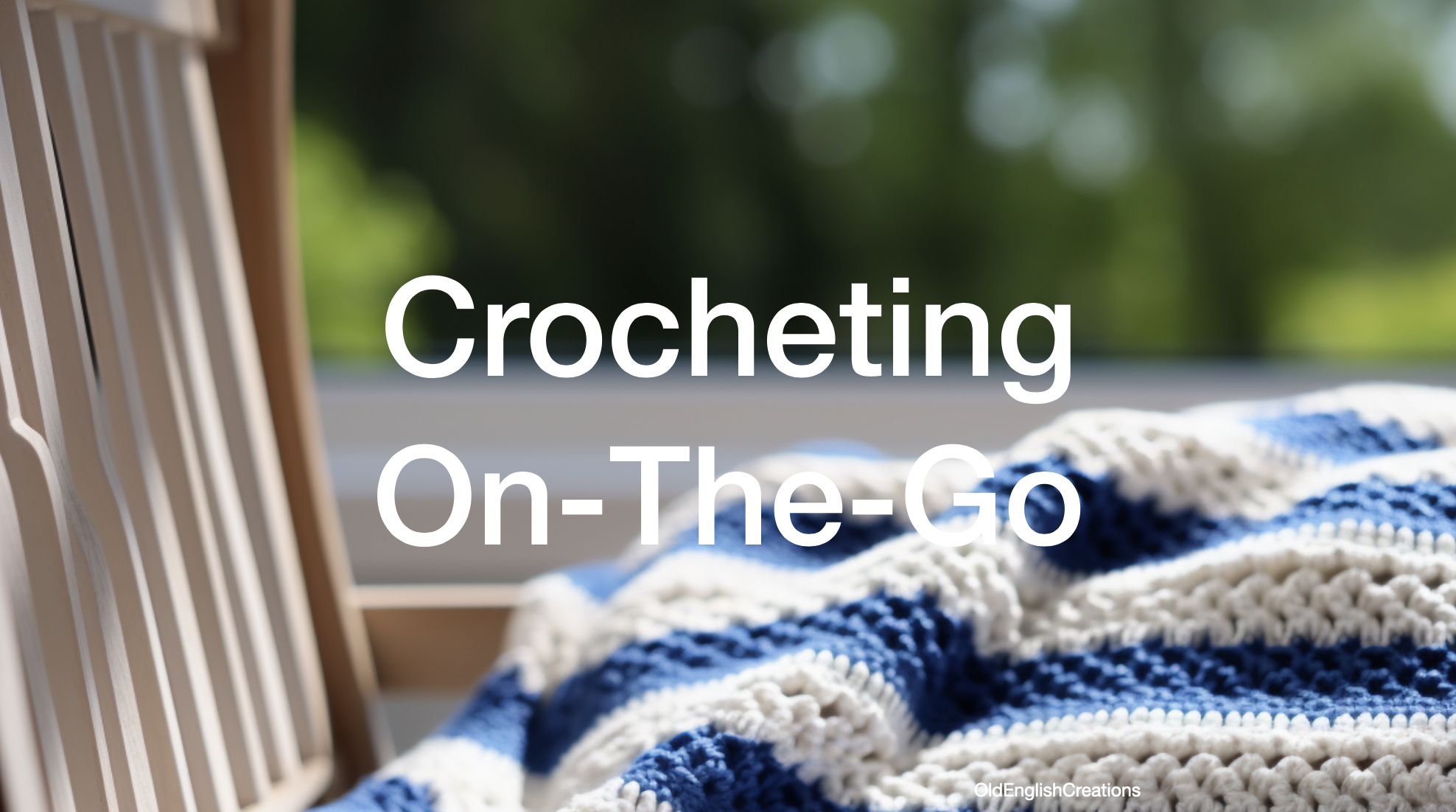
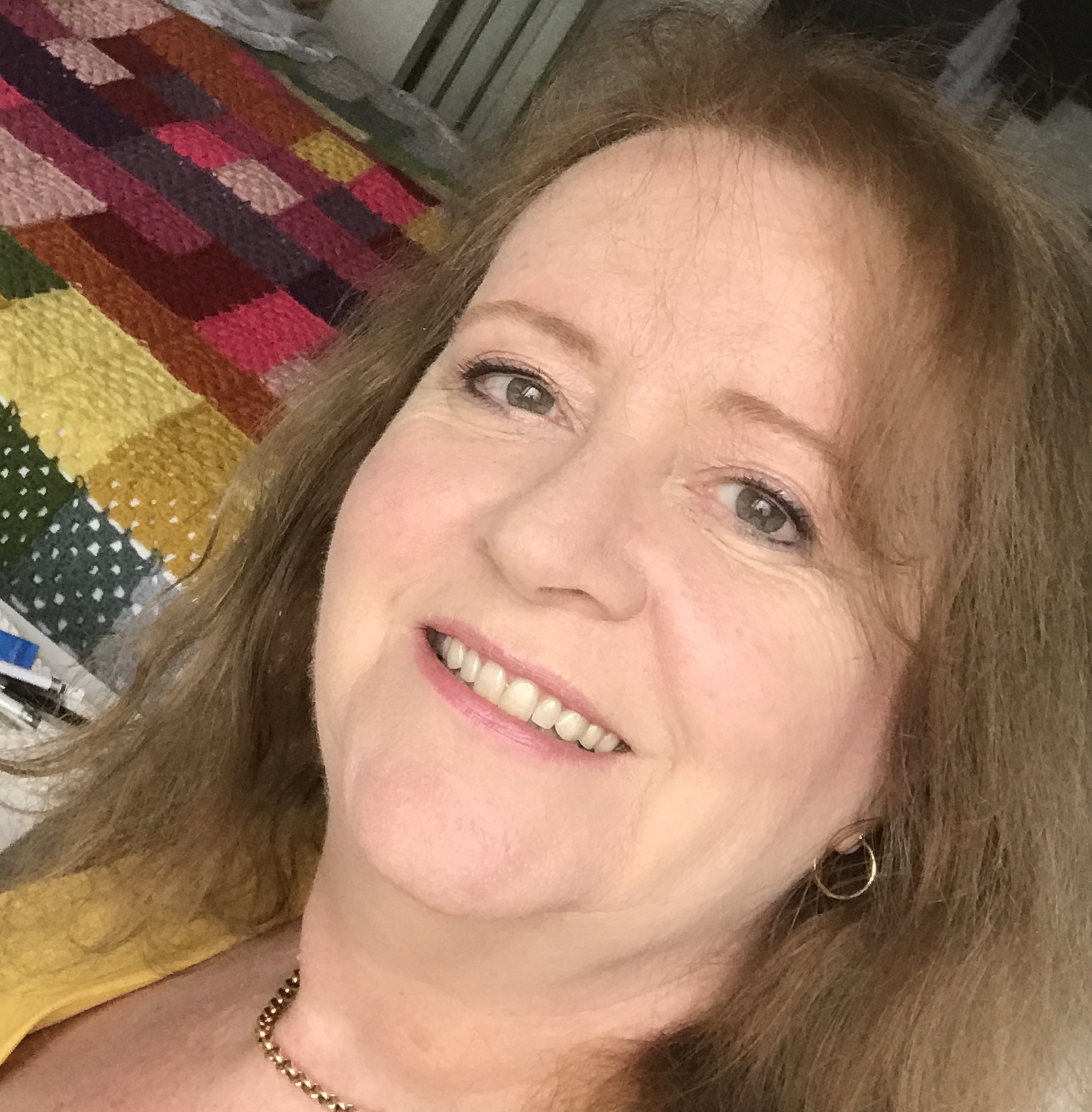
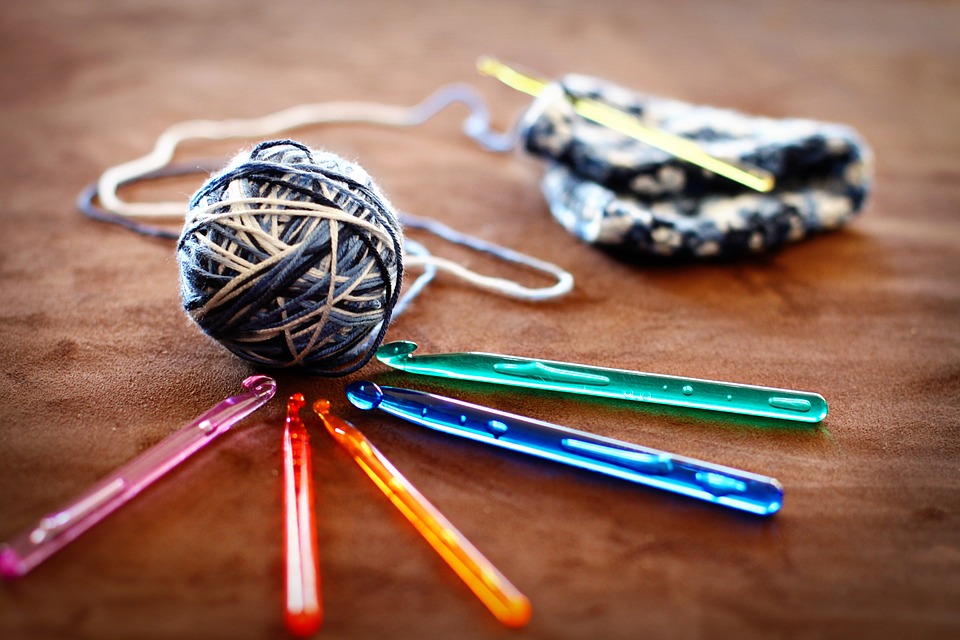
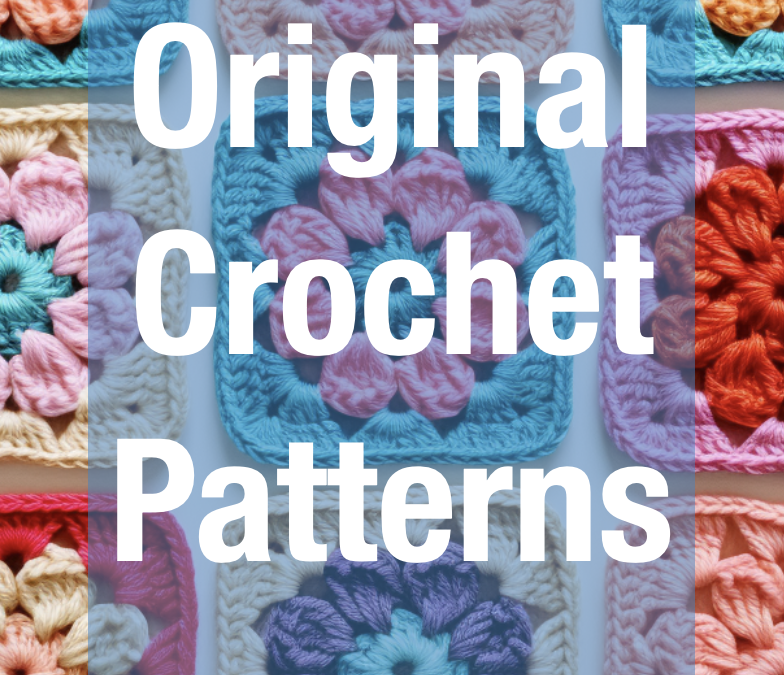
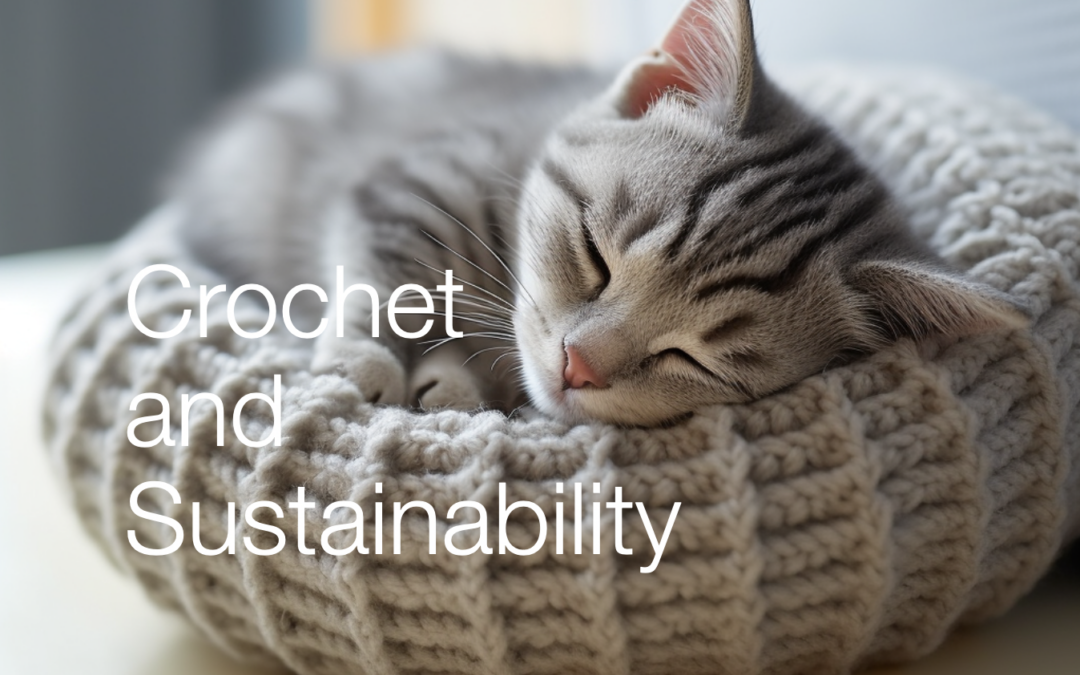
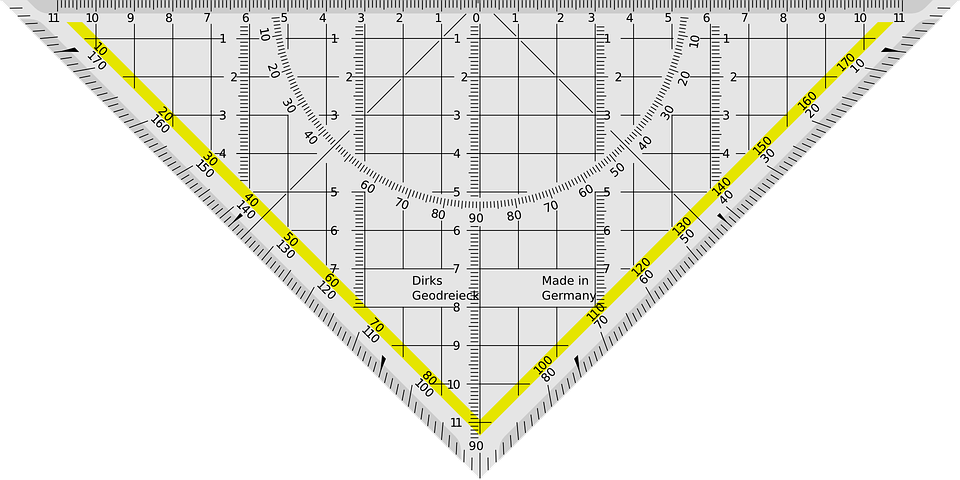
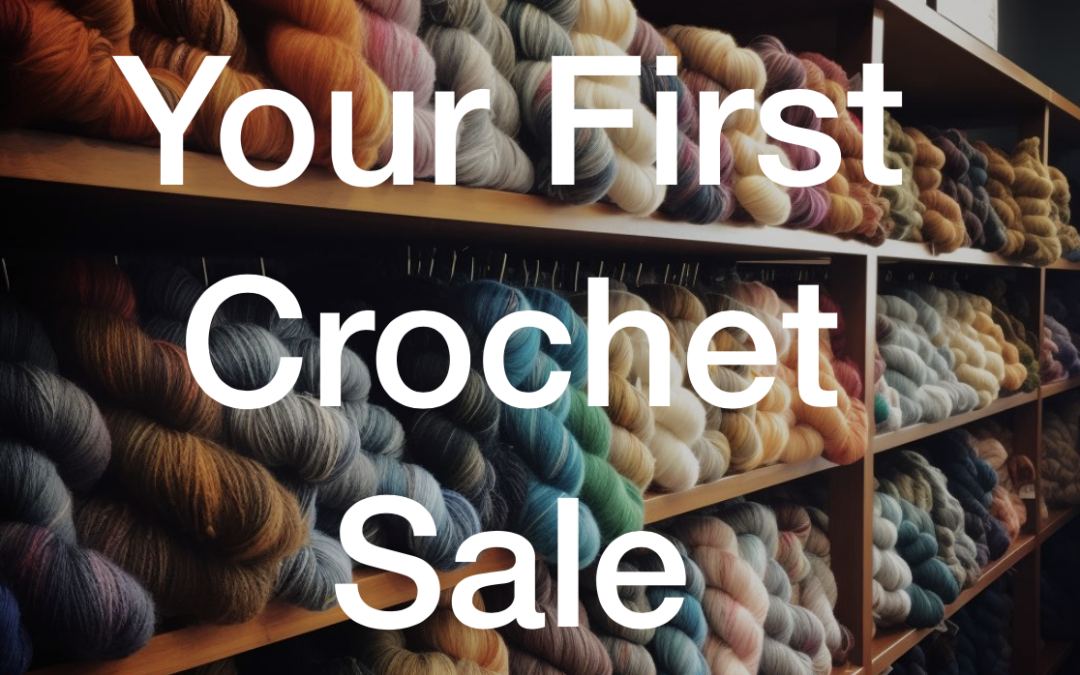
 Colours for babies
Colours for babies Colours for kids
Colours for kids Colours for adults
Colours for adults Soft tones compliment a fading complexion and whiter hair.
Soft tones compliment a fading complexion and whiter hair.
 Neutrals
Neutrals
 Pastel, primary, jewel or darks?
Pastel, primary, jewel or darks?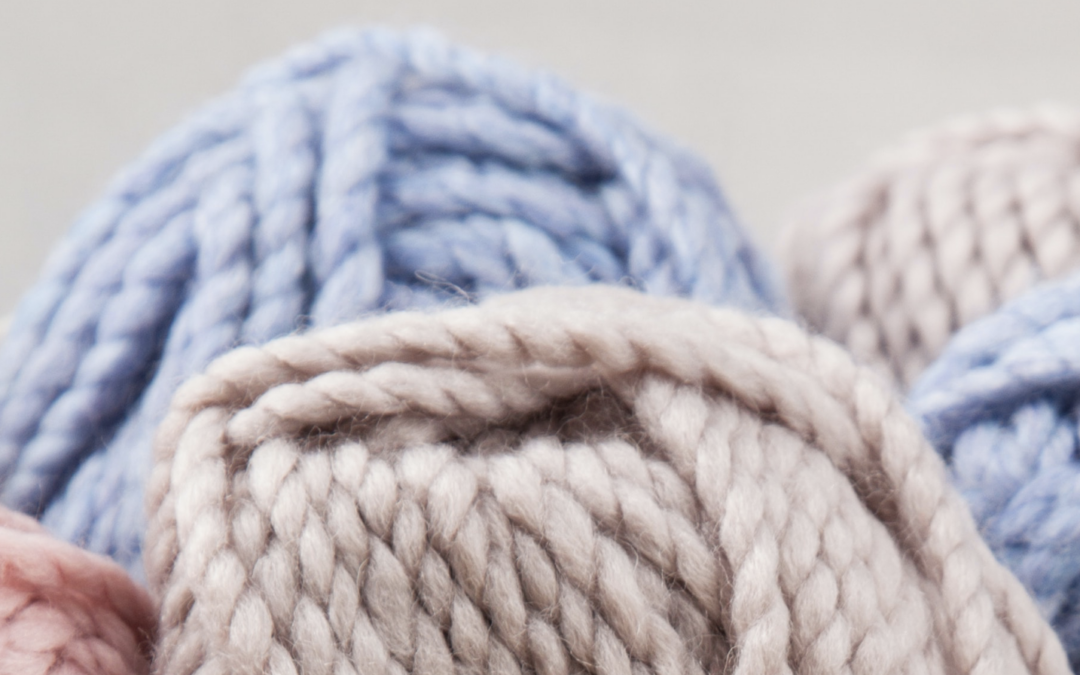













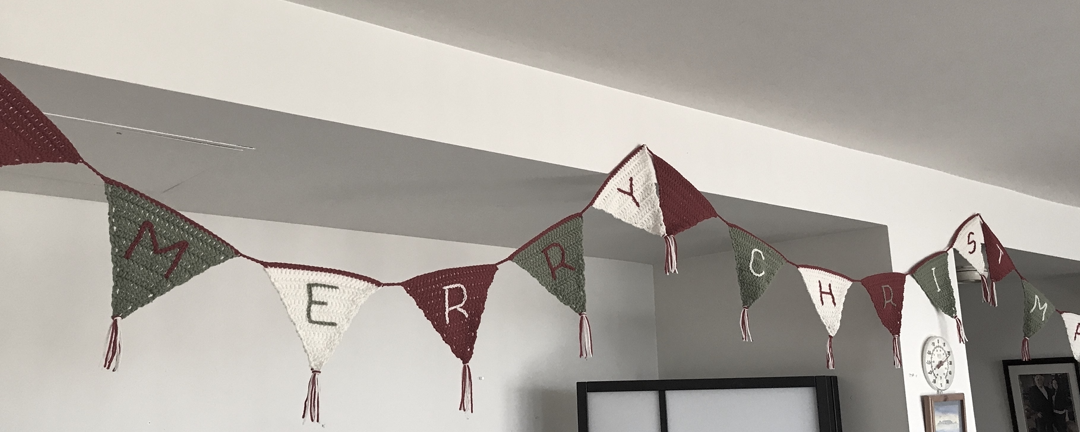
 Tunisian crochet hooks come in all the same sizes as regular crochet hooks. With Tunisian crochet you carry many stitches at once on forward rows and hook them off on the backward rows.
Tunisian crochet hooks come in all the same sizes as regular crochet hooks. With Tunisian crochet you carry many stitches at once on forward rows and hook them off on the backward rows.